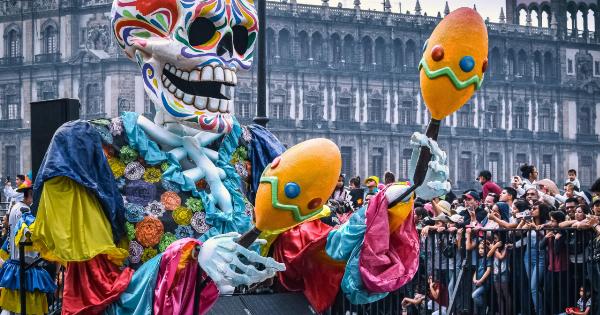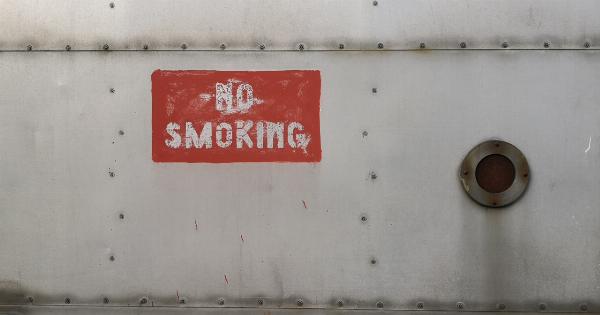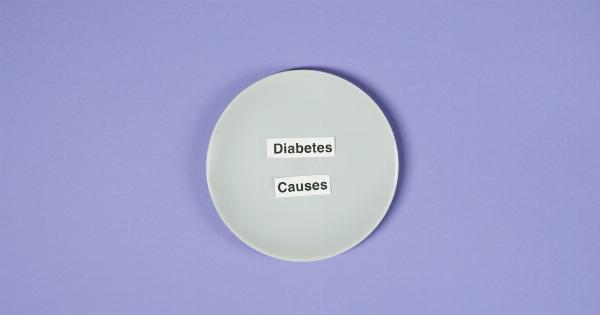When it comes to medical emergencies, strokes and infarctions are two conditions that require immediate attention.
While they are often used interchangeably and can have similar symptoms, they are vastly different in terms of the cause and the treatment. Knowing the difference between the two is crucial for early detection and prompt medical intervention. In this article, we will discuss the key differences between infarction and stroke and what to look for.
What is an Infarction?
An infarction is a medical emergency that occurs when a blood clot blocks the flow of blood through an artery, restricting blood supply to a particular organ or tissue.
This can cause damage or death of the affected tissue due to lack of oxygen and nutrients, and it is a common cause of heart attacks, pulmonary embolism, and strokes.
Symptoms of Infarction
The symptoms of an infarction depend on its location and severity. However, the most common symptoms include:.
- Chest pain or discomfort
- Shortness of breath
- Sudden onset of weakness or numbness, usually on one side of the body
- Difficulty speaking or understanding speech
- Confusion or disorientation
- Dizziness or loss of balance
- Headache
- Blurred vision or difficulty seeing in one or both eyes
Diagnosis and Treatment of Infarction
An infarction is diagnosed using several tests, including blood tests, electrocardiogram (ECG), chest X-ray, echocardiography, and computed tomography (CT) scans.
Treatment usually involves the use of blood-thinning medication, thrombolytics, or surgery to remove the blockage. The goal is to restore blood flow to the affected tissue as soon as possible to prevent further damage or death.
What is a Stroke?
A stroke is a medical emergency that occurs when blood supply to the brain is interrupted, either due to a blood clot or a rupture of a blood vessel.
This can cause brain damage or death, depending on the severity of the stroke and how quickly medical treatment is sought.
Symptoms of Stroke
The symptoms of a stroke can vary depending on the part of the brain that is affected. However, the most common symptoms include:.
- Sudden onset of weakness or numbness, usually on one side of the body
- Difficulty speaking or understanding speech
- Confusion or disorientation
- Dizziness or loss of balance
- Headache
- Blurred vision or difficulty seeing in one or both eyes
In severe cases, a stroke can also cause unconsciousness, seizures, or coma.
Diagnosis and Treatment of Stroke
A stroke is diagnosed using several tests, including a physical exam, blood tests, CT scans, magnetic resonance imaging (MRI), and electroencephalography (EEG).
Treatment usually involves medication to dissolve blood clots or surgery to remove the clot or repair the damaged blood vessels. The goal is to restore blood flow to the brain as soon as possible to prevent further damage or death.
The Key Differences between Infarction and Stroke
While infarction and stroke share some common symptoms, they are caused by different mechanisms and affect different parts of the body. Here are the key differences:.
- Infarction is caused by a blood clot that blocks the flow of blood to an organ or tissue, while stroke is caused by a blood clot or ruptured blood vessel in the brain.
- Infarction can affect any organ or tissue in the body, including the heart, lungs, and kidneys, while stroke affects only the brain.
- The symptoms of infarction depend on the location of the affected tissue, while the symptoms of stroke depend on the part of the brain that is affected.
- Infarction is usually treated with blood-thinning medication, thrombolytics, or surgery to remove the blockage, while stroke is treated with medication to dissolve blood clots or surgery to remove the clot or repair the damaged blood vessels.
Conclusion
Differentiating between infarction and stroke is crucial for early detection and prompt medical intervention. While both conditions share some common symptoms, they are caused by different mechanisms and affect different parts of the body.
If you or someone you know experiences any of the symptoms discussed in this article, seek immediate medical attention.






























